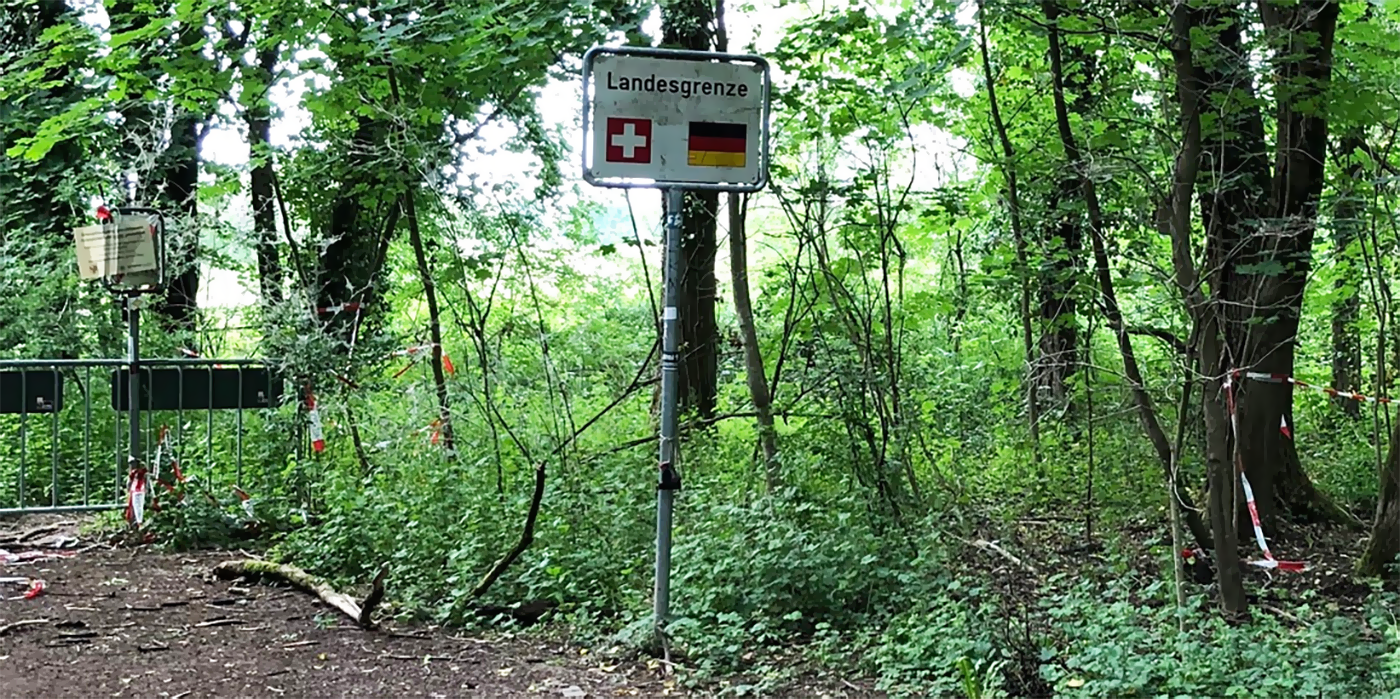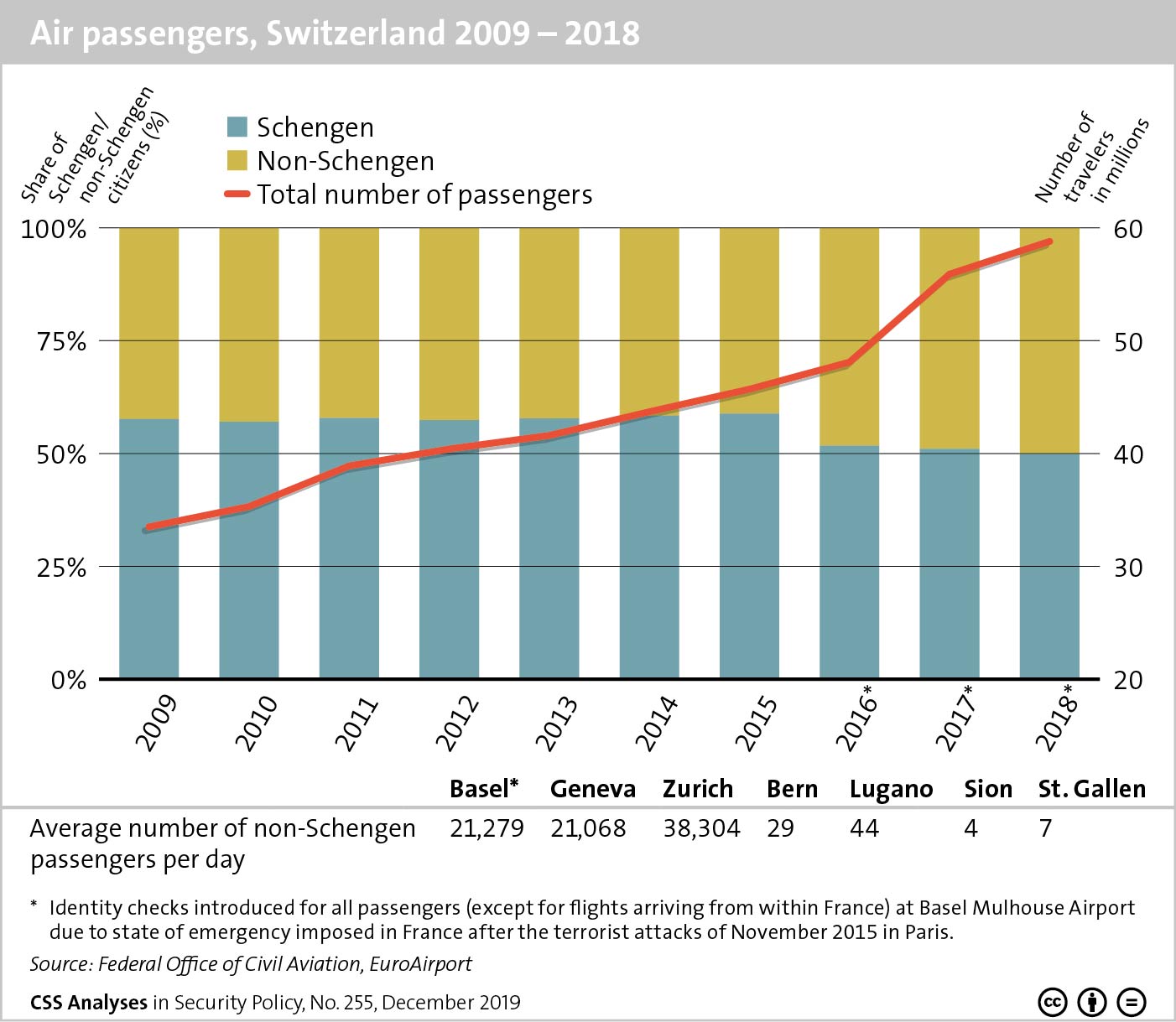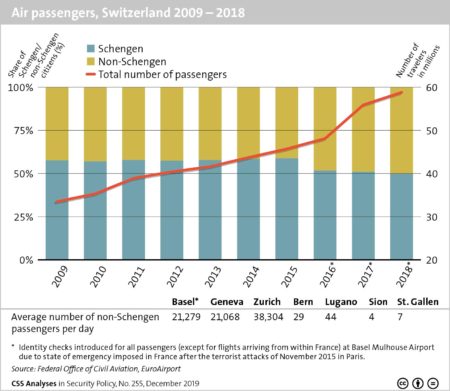This blog belongs to the CSS’ coronavirus blog series, which forms a part of the center’s analysis of the security policy implications of the coronavirus crisis. See the CSS special theme page on the coronavirus for more.
Managing the supply of essential goods and the flow of seasonal workers during the corona crisis is challenging many European states. A coordinated approach towards lifting border closures is required. At this stage, gradually opening borders between mildly affected neighboring regions could mean that Schengen could co-exist with the coronavirus.





